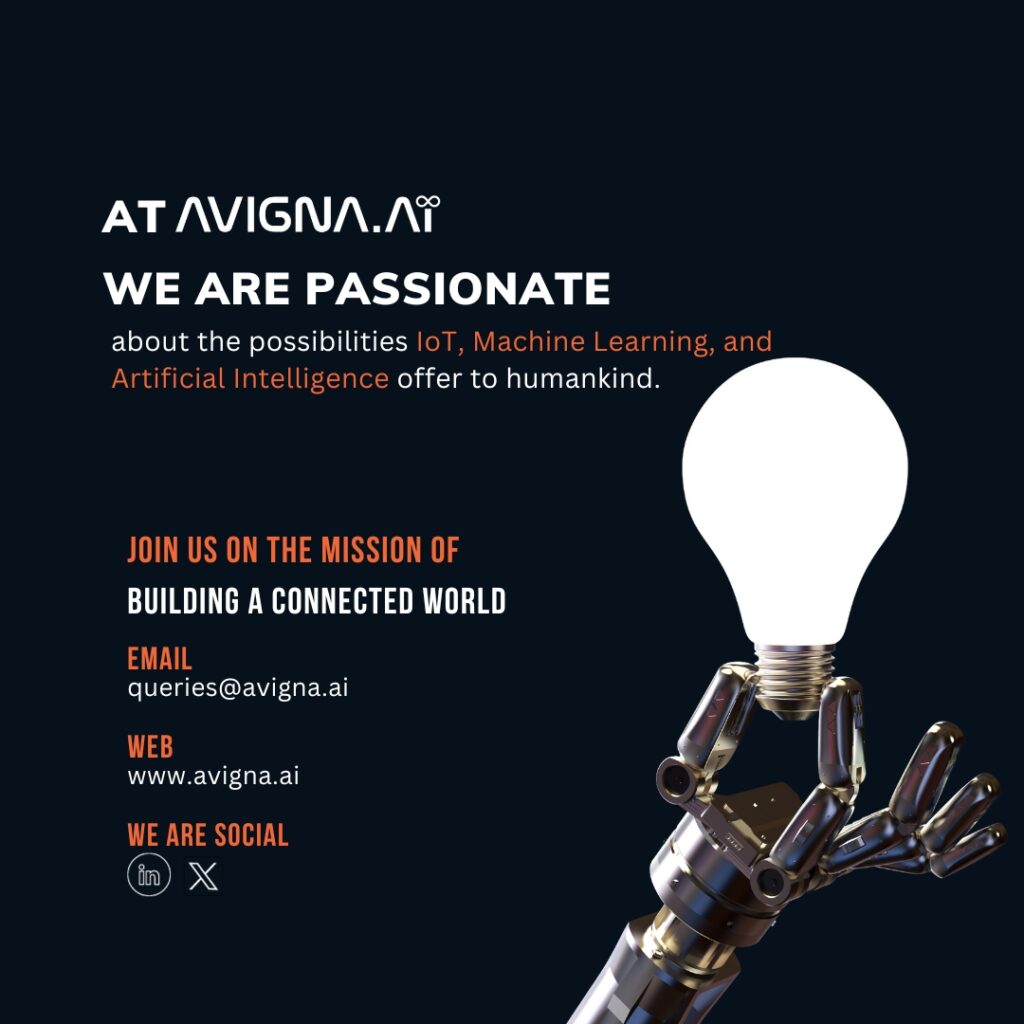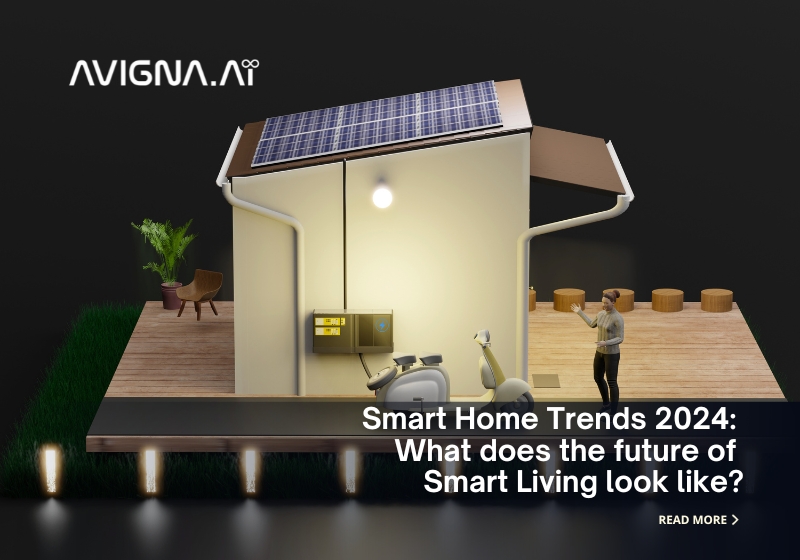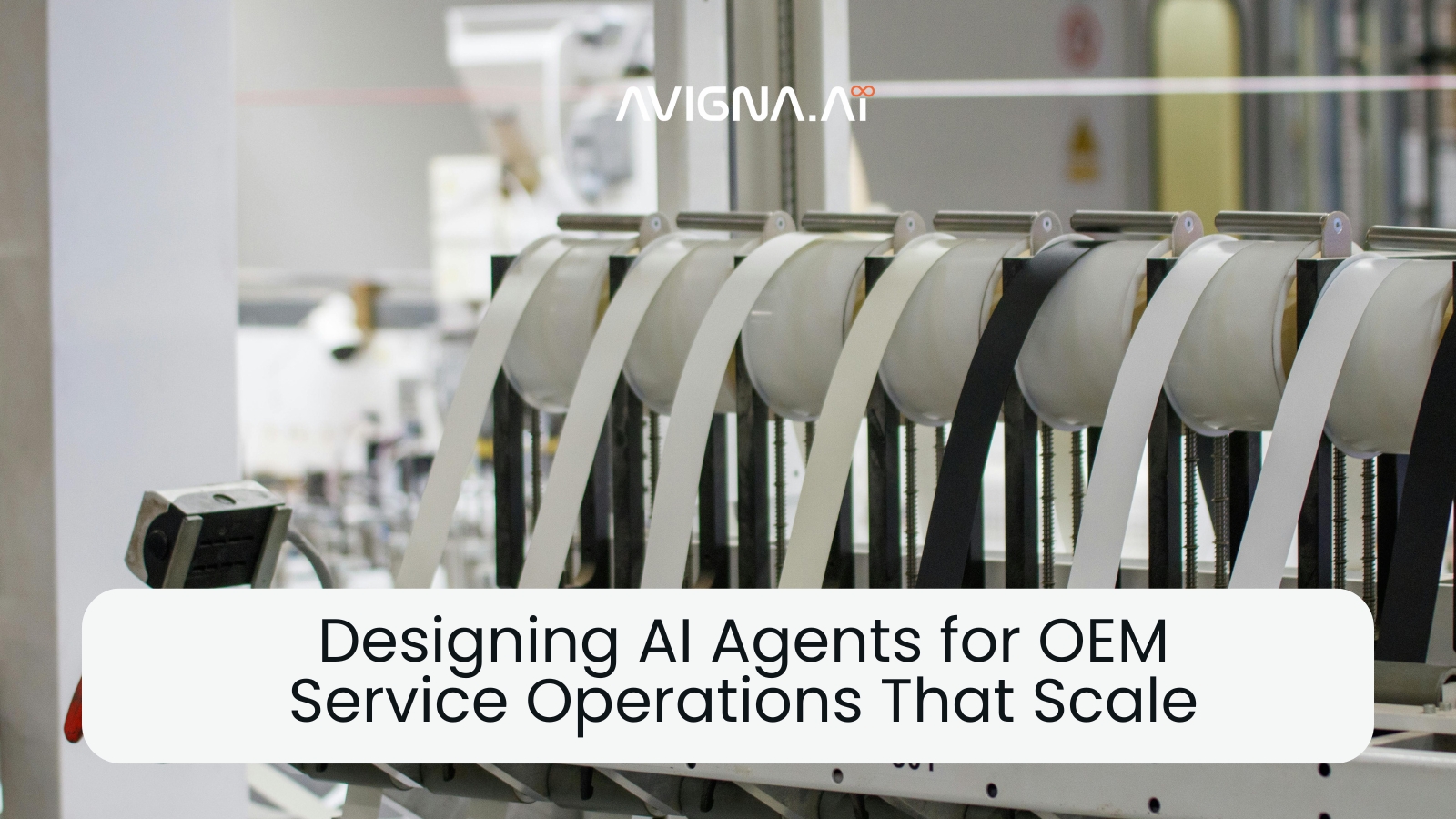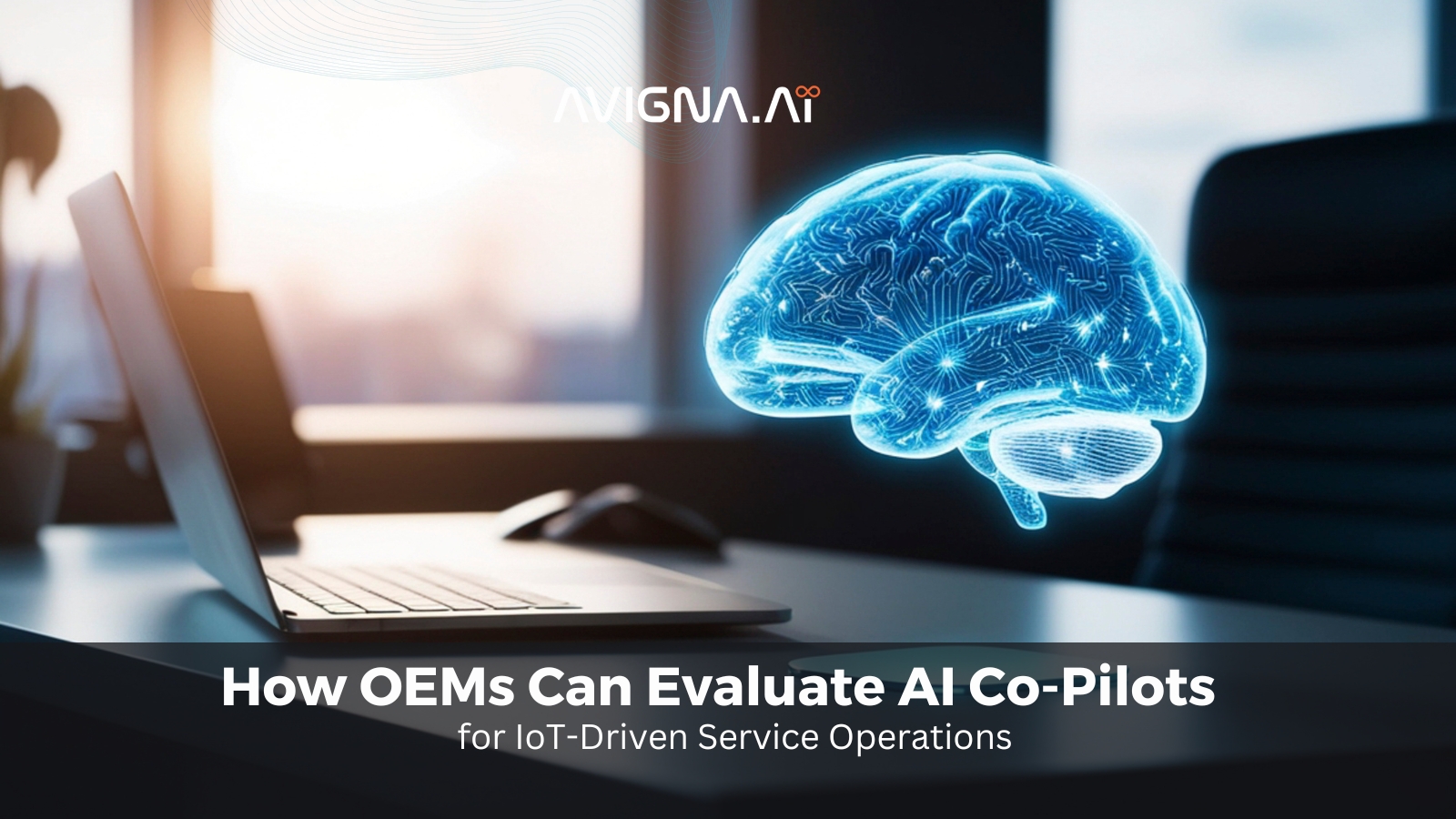2024 Connected Home Trends: Exploring the Latest Smart Home Innovations
The evolution of the Internet of Things has utterly transformed our lifestyle and interaction with the technology in our abodes. By 2024, artificial intelligence, wireless connectivity, and machine learning will have brought about revolutionary changes that will drastically change the landscape of intelligent living. This article explores some of the most significant smart home trends likely to shape our homes and lifestyles in exciting new ways in the coming year.
Voice Assistants
In 2024, voice assistants enhanced with artificial intelligence shall evolve to be more astute and accommodating. According to multiple researches, by 2024, around 30% of US households will have a voice assistant.
Gadgets such as Amazon Alexa, Google Assistant, Apple Siri, and others will acquire a finer grasp of colloquial expressions and deliver responses tailored to individual preferences. They will also gain new capabilities like facial recognition to identify individual family members and offer customized services based on preferences.
Smart Appliances
It will become more common to have shared and remote-controlled appliances. Smart sensors, WiFi, and Bluetooth technologies enable appliances—such as air conditioners, washers, and refrigerators—to automatically modify their settings according to user behaviour.
Users may even be able to order supplies autonomously when running low. Interoperability standards like Matter will help appliances from different brands connect seamlessly in a smart home network.
The global smart home security market is estimated to reach $104 billion by 2024. Auto-locking smart locks are the most valued smart home security equipment by 14% of 25-34-year-old females.
Home Security and Monitoring
Smart security cameras, video doorbells, motion sensors, smoke detectors, etc., will become even smarter in analyzing footage and detecting abnormalities. Some may be able to recognize faces, monitor indoor air quality and help detect medical emergencies.
Advanced AI will enable devices to better distinguish between intruders, pets and family members for enhanced safety.
Energy Management
Smart thermostats, lighting systems, appliances and meters that can be controlled remotely will help homeowners better monitor and reduce their energy consumption. Devices will gain new functionalities like automatic scheduling and geofencing based on user locations to optimize energy usage. Integrating renewable energy sources, home batteries, and electric vehicles will likely improve as technologies advance. This can help reduce carbon footprint and utility bills.
Home Automation
The concept of a central home automation hub that can integrate different smart devices into one cohesive system will gain more traction. Homeowners can control various smart devices and automate tasks through voice commands or mobile apps from anywhere.
Matter compatibility and 5G connectivity will enable expeditious, highly dependable execution of Zigbee, Z-Wave, and Wi-Fi-enabled devices. Advanced AI capabilities will make homes feel more autonomous, requiring minimal human intervention.
Entertainment and Gaming
Smart TVs with advanced processing power will offer more immersive experiences with technologies like 8K resolution, high dynamic range, and virtual reality. Voice assistants will enhance content discovery and navigation.
Smart speakers may double up as gaming consoles through cloud gaming services. Dedicated home cinema systems are expected to incorporate AI for personalized setup and calibration. The distinction between the digital and physical worlds will become blurry as IOT, 5G, and augmented/virtual reality come together.
Health and Wellness
Health monitoring devices, activity trackers, and medical alert systems integrated with smart homes will grow exponentially. Devices such as intelligent scales, blood pressure gauges, glucose gauges, etc., have the ability to communicate data with physicians and autonomously modify household configurations in response to readings.
Advanced AI capabilities can help detect health anomalies and offer timely guidance. This will help improve preventive healthcare and independent living, especially for older people.
By 2024, it’s expected that the senior care industry will have grown to $225 billion.
Smart Kitchens
Kitchen appliances will become smarter with touchscreens, voice control, and improved connectivity. Refrigerators may monitor inventory and suggest recipes. Ovens will offer guided cooking.
Dedicated smart cooking assistants can identify ingredients, provide step-by-step instructions, and adjust temperatures and timers remotely. Integration of appliances, smart scales, and AR/VR capabilities will enhance the cooking experience and make it more intuitive for novice users.
You May Be Interested in: IoT Use Cases in Manufacturing
Smart Furniture and Fixtures
Intelligent furniture infused with sensors, actuators, exhibits, and interconnectivity will grow in prevalence. Beds, sofas, tables, and mirrors may offer features like massagers, ambient lighting, built-in screens and stereo systems controlled through touch or voice.
Furniture with transformable and modular designs may adjust to fit different spaces and demands. Based on presence detection, smart fixtures will enhance convenience with hands-free options and automated lighting adjustment, temperature, and air quality.
Smart Outdoor and Gardening
The concept of smart gardens with automated irrigation, fertilizer distribution and pest control will take off. Drones, robots and sensors will monitor soil health, detect plant diseases and offer data-driven crop guidance.
Outdoor smart devices like sprinklers, water fountains, BBQ grills, and patio heaters will gain voice/app control for convenience. Robots for precise lawn mowing, tree pruning, and landscaping will be made possible by AI and computer vision advances. This will revolutionize urban gardening and yard maintenance.
It is projected that the global smart gardening market will reach a valuation of $1.77 billion by 2028.
Smart Cities and Vehicles
Integrating smart homes with intelligent transportation systems, smart street lights, traffic signals, electric vehicle charging, and renewable energy sources will become more pervasive. Real-time city data on parking, traffic, and weather can be used by homes to streamline operations.
Vehicle telematics will allow remote monitoring, maintenance requests, and integration with home automation for seamless experiences. This will redefine “living” by blurring the boundaries between homes, workplaces, and public spaces.
A Road Towards Mesmerizing Future
Future smart homes will be highly intelligent, autonomous living environments that can effectively manage every aspect of our daily lives with the least human intervention as long as technologies advance rapidly.

The trends mentioned here demonstrate how smart living is poised to transform how we interact with our homes and redefine core experiences around security, comfort, health, and sustainability. A greater emphasis on data security and privacy is what smart homes aim to provide with unmatched convenience in 2024 and beyond.
At Avigna, we are fascinated by the possibilities IoT, Machine Learning, and Artificial Intelligence offer to humankind. We are on a mission to build a connected world. Join us on LinkedIn or Contact us.



